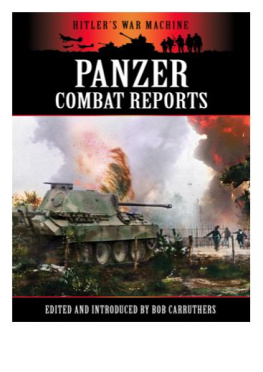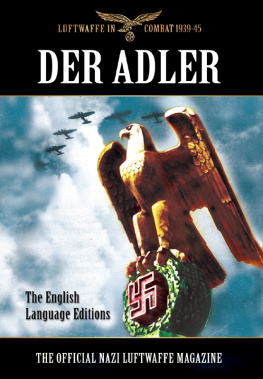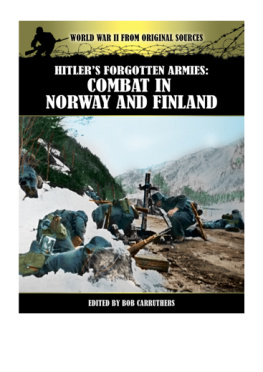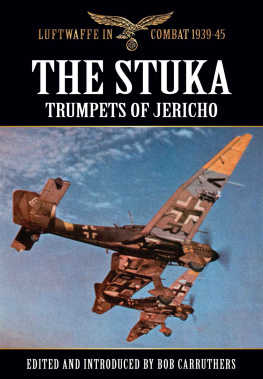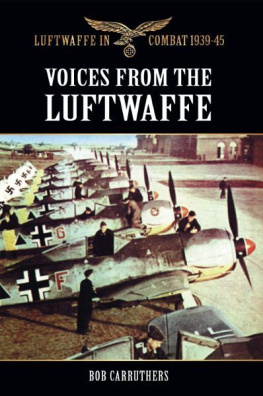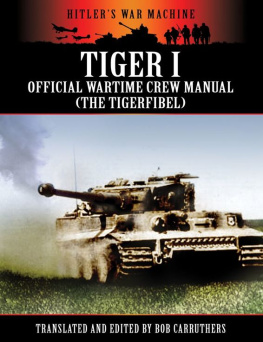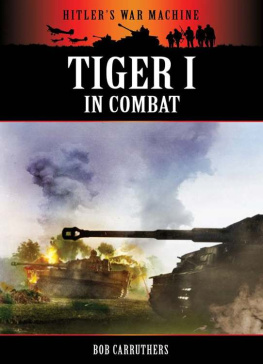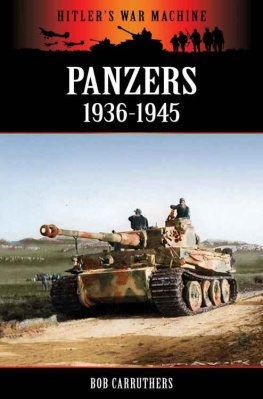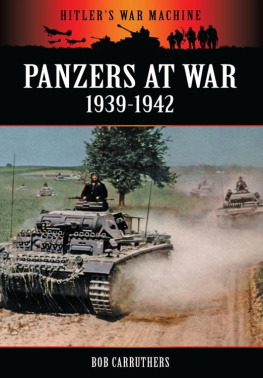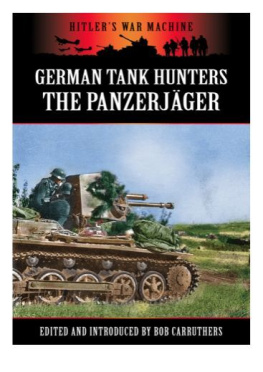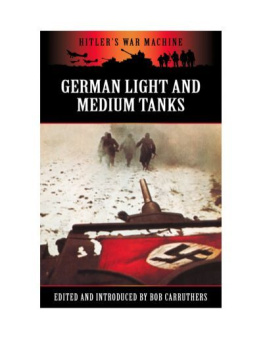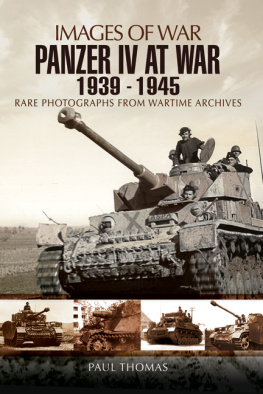This ebook edition published in Great Britain in 2011 by Coda Books Ltd, Unit 1, Cutlers Farm Business Centre, Edstone, Wootton Wawen, Henley in Arden, Warwickshire, B95 6DJ
All rights reserved. No part of this publication may be reproduced or transmitted in any form or by any means, electronic or mechanical, including photocopy, recording, or any information storage and retrieval system, without permission in writing from the publisher.
INTRODUCTION
Adolf Hitler was, by nature, a gambler and in the course of a long career marked by a series of calculated risks which spiralled upwards from the gamble of the 1923 Beer Hall Putsch through the carefully measured and successful ventures in the Rhineland, Sudetenland and Austria. The decision to invade Poland was the first in a long litany of mistakes which led to Gterdmmerung, the second main error was the flawed logic which culminated in Barbarossa, the invasion of the Soviet Union, but surely Hitlers biggest mistake of all was to drag a reluctant US into World War II.
Even after the Japanese attack on Pearl Harbour Hitler still had the option to keep the US out of the war, but in a typical act of self-delusion Hitler, on 11th December 1941, declared war on the largest industrial nation on earth. From that moment onwards the fate of Nazi Germany was sealed. It took some months to awake the sleeping giant, but once the US Juggernaut began to roll the end result of World War II was never in question.
While the US was busy assembling its new armies, navies and air forces the US Intelligence Service was already beginning to collate intelligence on its new enemy. This information was gathered and disseminated to the troops who needed it, in the form of two main monthly intelligence bulletins. These were Tactical and Technical Trends which first appeared in June 1942 and the Intelligence Bulletin which began to appear from September 1942 onwards.

The main focus for the US was initially on the war with Japan and a great majority of the early reports are concerned with the war in the Pacific. However, as America began to come up to speed US forces were soon engaged in North Africa followed by Sicily, Italy and finally Northern Europe. As the war progressed the requirement for good intelligence on the German Panzerwaffe became more and more important, and in consequence there are more and more reports of German fighting vehicles available to us. The vast majority of those reports concerned the fighting in Russia and it is those reports which form the bulk of what you are about to read here.
The material for the two US intelligence journals was originally collected from British combat reports, German newspapers, captured German documents, German training manuals and Soviet sources. As such the quality of much of what was printed was highly variable, some reports are very accurate while, in others, the precision of the information is questionable to say the least, but thats what makes these reports so fascinating. Regardless of the overall accuracy this is a priceless glimpse into how the men in the front lines learned about their enemy, and as such it presents us with a invaluable insight into the events of the Eastern Front were perceived at the time when they actually unfolded. The reports also provide us with a host of information concerning the minor aspects of the thousands of tactical combats being waged day in and day out which expand our knowledge of the realities of the fighting in Russia.
Thank you for buying this book. I hope you enjoy reading these long forgotten reports as much as I enjoyed discovering them and collating them for you. Other volumes in this series are already in preparation and I hope you will decide to join me in other discoveries as the series develops.
Bob Carruthers
1. VULNERABLE SPOTS FOR INCENDIARY GRENADES ON GERMAN TANKS
Tactical and Technical Trends, No 22, April 8th 1943
In attacking enemy tanks at close quarters with Molotov cocktails or incendiaries, the air intakes are among the most vulnerable points. It is important, therefore, that the location of these intakes and outlets be known, as the flame and fumes of a grenade thrown against an intake while the engine is running will be sucked inside, but if the grenade lands on an outlet, they will be blown clear of the tank.
The best targets are the flat top-plates behind the turret. Side intakes are invariably protected by a vertical baffle. The accompanying sketches show the "soft spots" in German tanks Pz.Kw. 2, 3, and 4.



2. OBSOLETE GERMAN TANKS
Handbook on German Military Forces, March 1945
a. GENERAL.
The Pz. Kpfw. I, Pz. Kpfw. II, and Pz. Kpfw. III, although obsolete, are discussed here since they still may be met occasionally in the field.
b. LIGHT TANK (Pz. Kpfw. I).
(1) General. This was the first tank to be standardized by the Germans, and the first ones were produced in 1934. Three models (A, B, and C) and a commander's version (based on model B) have been identified, but model C never has been encountered in action. The hull of the Pz. Kpfw. I was used as a self-propelled mount for several types of artillery weapons, but it no longer will be met even in this role.

